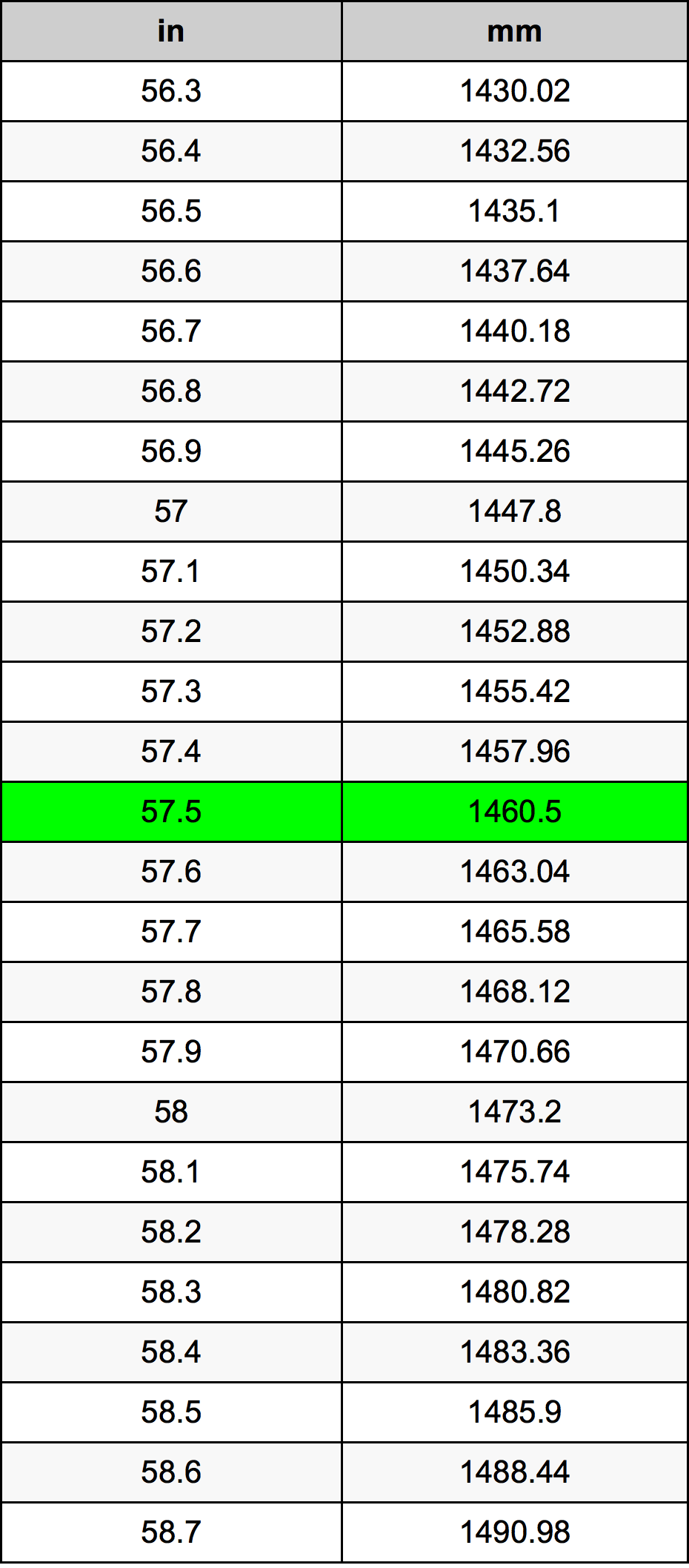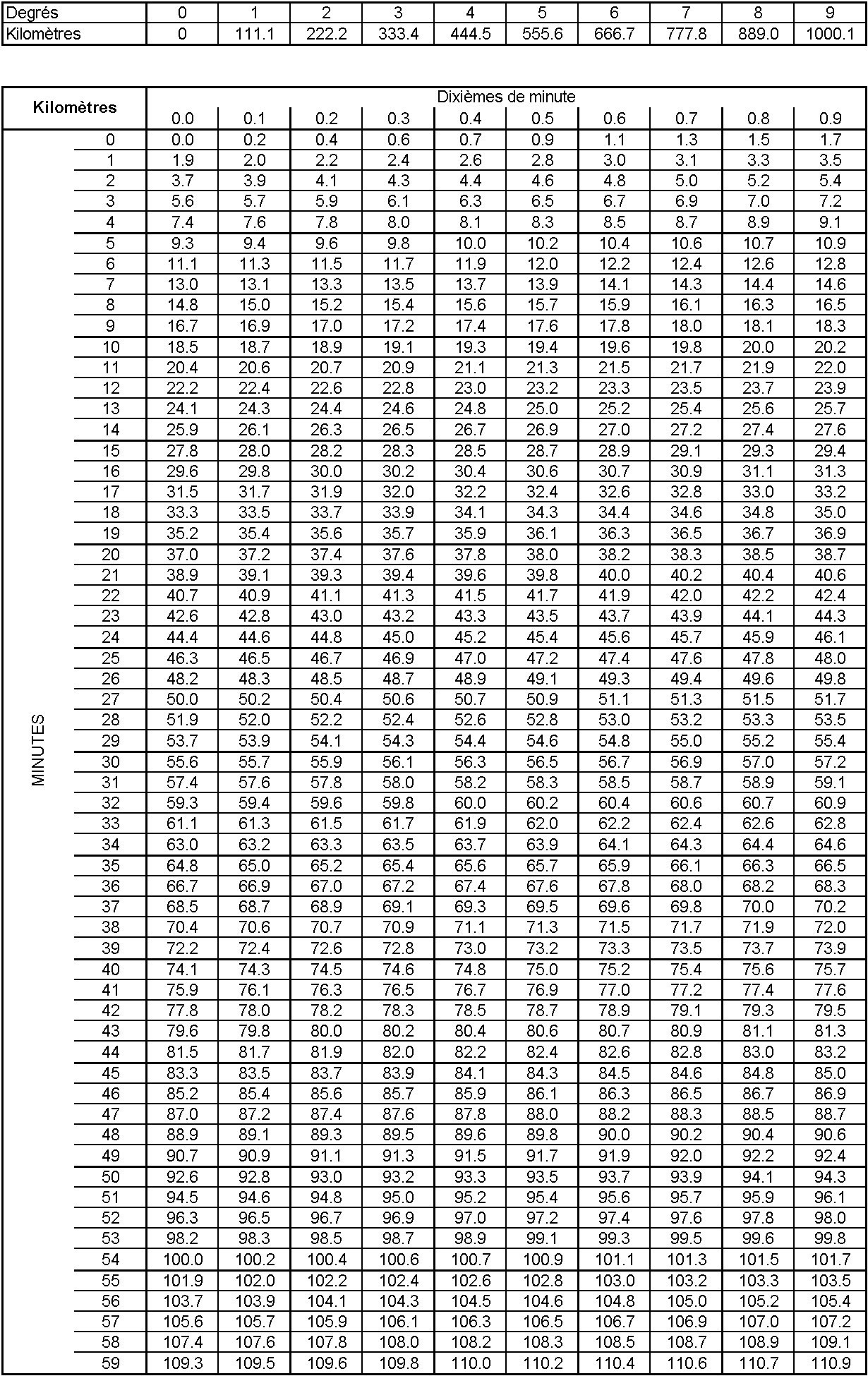
This feature is one of the youngest and best preserved complex craters on Earth. Evidence of shock metamorphism, - including coesite, fused mineral glasses, and planar deformation features in quartz - has been reported. A 15-km lake fills the center of the feature and water depths are approximately 175 m. At the time of impact the region was forested and the Arctic Ocean was nearly ice-free. The target rocks are a coherent assemblage of crystalline rocks ranging from andesite to basalt. Brigham-Grette, Julie Glushkova, Olga Layer, Paul Raikevich, Mikhail Stone, David Smirnov, ValdimirĮl'gygytgyn crater, located within Eastern Siberia, is a Pliocene-aged (3.6 Ma), well-preserved impact crater with a rim diameter of roughly 23 km. Russian-US Partnership to Study the 23-km-diameter El'gygtgyn Impact Crater, Northeast Russia Topographic evidence for the existence of an early 800 km diameter multi-ringed impact structure, and evidence for fluvial and lacustrine environments in Meridiani Planum suggests a connection with the origin of the hematite deposits present in the region.

The documentation of unequivocal shock features proves the formation of the Saqqar structure by a hypervelocity impact event.Įvidence for an 800 km Diameter Impact Structure in Meridiani Planum and Associated Channels and Basins: A Connection with the Origin of the Hematite Deposits? The preserved level of shock and the absence of an allochthonous crater fill suggest that Saqqar was eroded by 1-2 km between the Devonian and Maastrichtian. The recorded shock pressure ranges between 5 and 15 GPa. In addition, some shocked feldspar grains and strongly deformed mica flakes were found. Planar deformation features (PDFs) were measured with orientations along (0001),, and are locally associated with feather features (FFs). Sandstone core samples from these wells show abundant indicators of a shock metamorphic overprint. The wells were drilled within the central uplift, the deepest among them exceed 2 km depth. The central uplift and ring syncline correspond to a Bouguer gravity high and an annular ring-like low, respectively.

The crater rim is defined by circumferential normal faults. First-order structural features are a central uplift that rises approximately 2 km above regional datums, surrounded by a ring syncline. The subsurface structure is constrained by 2-D reflection seismic profiles and six drilled wells. The age of impact is not well constrained and lies somewhere between 410 and 70 Ma. The structure is formed in Cambrian-Devonian siliciclastics and is unconformably overlain by undeformed Cretaceous and Paleogene sediments. ), with an apparent diameter of 34 km, centered at 29Â☃5'N, 38Â☄2'E.

Here we present the first proof of an impact origin for the Saqqar circular structure in northwestern Saudi Arabia (Neville et al. Saqqar: A 34 km diameter impact structure in Saudi Arabia


 0 kommentar(er)
0 kommentar(er)
